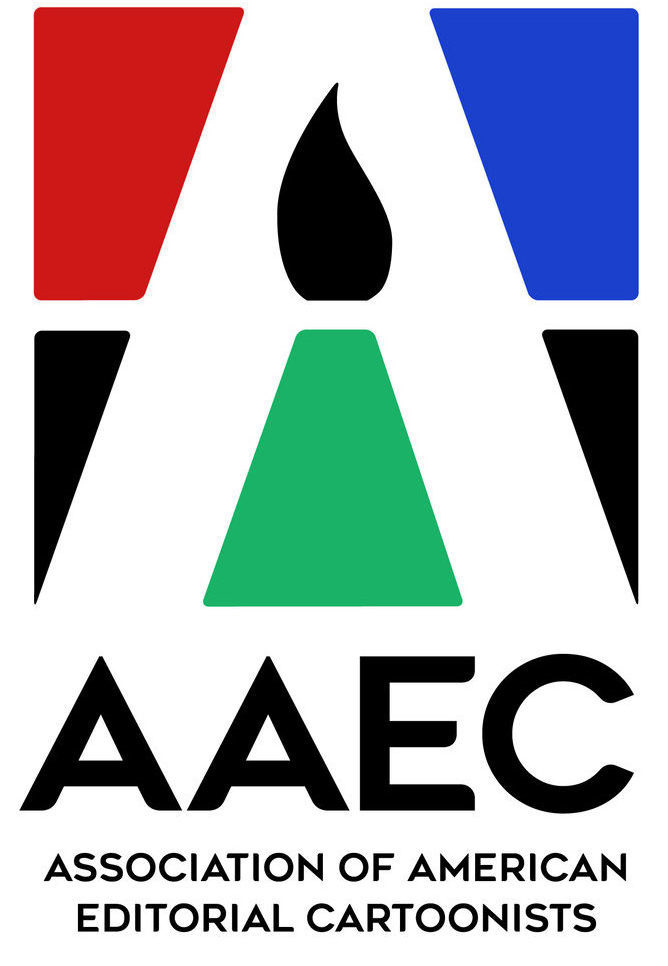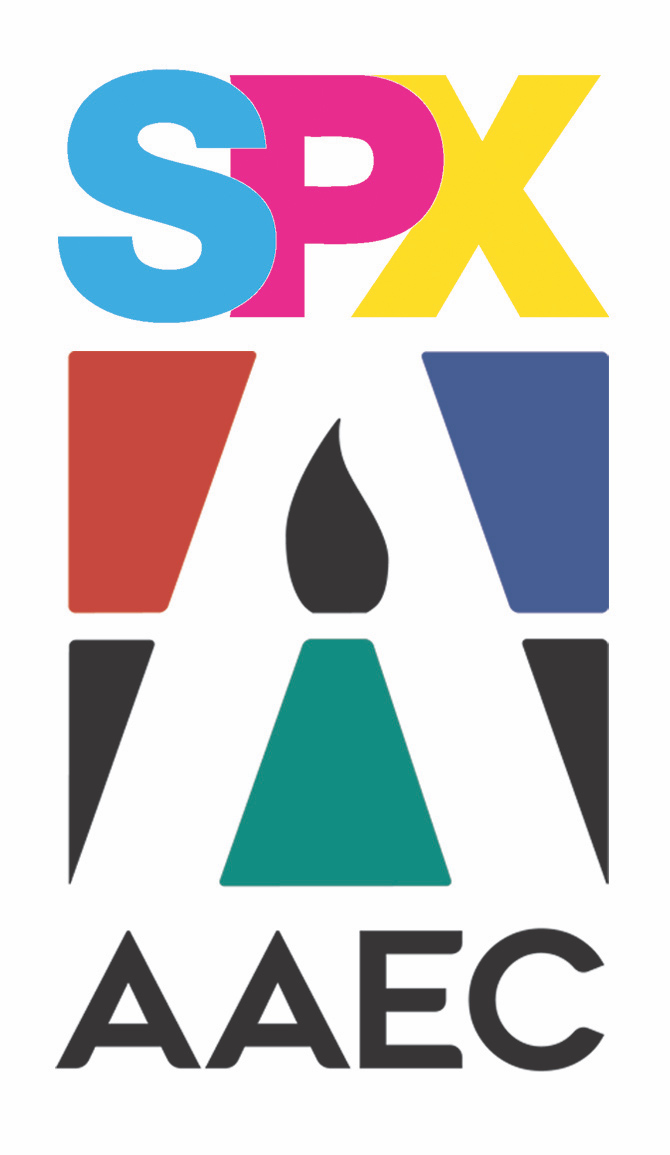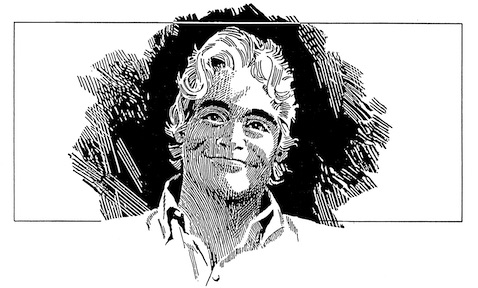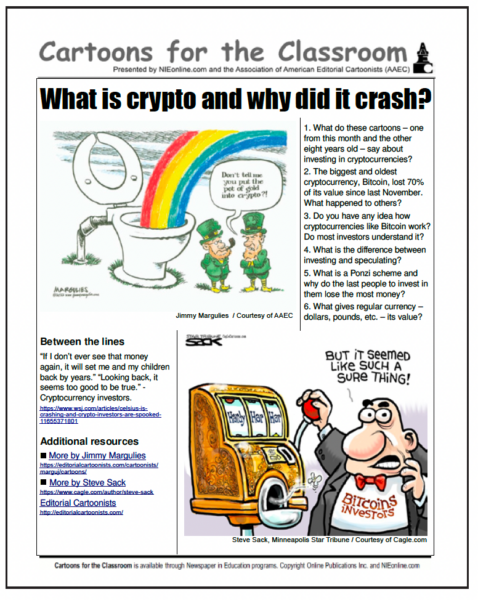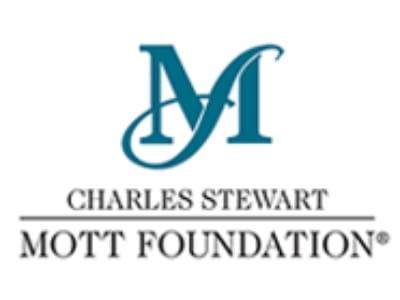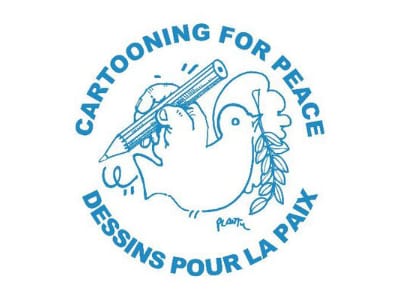By V. Cullum Rogers, from notes taken by Ted Rall, Melinda Condon and JP Trostle
A two-hour discussion of “The Future of the AAEC” was held in Seattle on July 4, 2009, just before the annual meeting. It was led by Ted Rall, Paul Fell and Milt Priggee, with many comments from the audience and show-of-hands votes to poll members’ feelings. The following topics were discussed, some briefly, some in more detail (with the memberships’ decision in parentheses, for those who just want to hit the highlights):
1. Convention Financing (Keep plugging):
The AAEC should still try to get $30,000 to $50,000 in sponsorships each year for conventions. Ted said that when it became obvious earlier this year that the P-I would not be a sponsor, he called more than 60 companies and organizations, including Microsoft, Boeing, and Amazon.com, with no success.
He did, however, get $10,000 from Frank Swoboda and another member of the Herb Block Foundation board from discretionary funds they controlled. Ted told them it might to “fatal” to the AAEC not to hold a convention after a year that saw the loss of over 25 staff positions. He noted they did this in spite of the HBF having a bad year: The Foundation could have financed the next 100 AAEC conventions with what it lost in the stock market over the past year.
The membership agreed to consider higher registration fees. The main argument in favor was that they would free the Association from depending on increasingly unpredictable outside sponsorships. Members would tolerate increases up to $150 or $200 — if they were offset by cheaper room rates.
The membership was enthusiastic about partnering with universities, which may be done with Portland State University next year.
There was very little support for holding shorter conventions. Although that could reduce hotel costs, it would have no effect on the other big convention expense most members face: travel.
Speaking of cost cutting, Joel Pett said we need to “find a way around hotel conference-room costs,” such as microphones and projectors.
The idea of structuring the convention as a retreat was not popular. The focus should be on meeting with colleagues, not going to a resort.
Kate Palmer asked if we could save money by having the convention in the same location every year. The idea wasn’t popular, though we may end up holding our convention in Columbus, Ohio, every three years if we team up with the Ohio State Festival of Cartoon Arts (see next section).
Despite the industry’s current woes, members believe we should keep trying to get support from newspapers. If and when conditions improve, it will be easier to continue those efforts that to start them again from scratch, and potential sponsors will want to know who gave in the past and how much — or at least how much we asked them for.
There was a general feeling that, since more and more members are paying their own way at conventions, we should schedule more events that directly concern cartoonists and fewer that are primarily intended to pry expense money out of editors and publishers (e.g., Big Name speakers, panels on Weighty Issues).
2. Joint Conventions (Maybe):
Should the AAEC join with another group’s convention and share the same hotel and some events? The main argument for this was that it would allow the group(s) to negotiate better hotel rates and reduce per-person food and beverage costs.
The following groups and events were discussed as possible partners:
—National Conference of Editorial Writers, which will hold its 2010 meeting in Dallas. PROS: Editorial writers generally like cartoonists and have some of the same problems. CONS: NCEW shows no more sign than AAEC of solving those problems, especially declining jobs. (As someone put it: “If we’re going to hitch our wagon to a group, shouldn’t it be one that is on the upswing, not the downswing like us?”) Also, NCEW usually meets in September, which doesn’t work with bringing families.
—National Cartoonists Society.
PROS: Already some overlap of membership; NCS still has the support of major syndicates. CONS: NCS conventions are usually held at a time (Memorial Day weekend) and place (five-star hotels) that would be inconvenient for many AAEC members; issues facing comic-strip cartoonists are different from those facing editorial cartoonists.
—Festival of Cartoon Art, held every three years at Ohio State University in Columbus; next Festivals are in 2010 and 2013. [We’re looking at 2013.]
—Social Studies teachers convention, i.e., National Council for the Social Studies.
A majority felt the idea of joint conventions should be looked into further. There was most enthusiasm for meeting at the Festival of Cartoon Art, little enthusiasm for meeting with the editorial writers.
3. Biannual Conventions (No):
Members gave a resounding “no” to holding a convention only every other year. The main (in fact, only) argument in favor was that it would cut costs. Arguments against included the increased difficulty of collecting annual dues and the likelihood that it would lead to two-year Board terms.
4. Merger with NCS (No):
The group overwhelmingly opposed the idea of merging with the National Cartoonists Society (or any other group for that matter). The main argument against was that AAEC would lose its identity and control of its finances and activities.
5. Longer Board Terms (No):
The group overwhelmingly opposed extending the terms of Board members to two years. The main argument in favor was that there would be more continuity and knowledge on the Board. The main argument against was that the current system of Board advancement (from V.P. to President-Elect to President to Immediate Past President) is already a four-year commitment.
6. AAEC as a Guild (No):
Ted floated the idea of AAEC becoming more like the Graphic Artist Guild, which is not a union but does provide discount products to members, publishes guidelines for ethics and pricing, and can impose sanctions on members who violate those guidelines.
Members said they did not want AAEC to become a guild, but they felt it would be a good idea to share market research and create non-binding price guidelines based on the existing market for various kinds of work.
UPDATE: A price guideline was voted on during the business meeting, and a membership survey should be included with this copy of the Notebook. Please fill it out and return it ASAP in the Self Addressed Stamped Envelope provided.
7. Ethical Guidelines (Yes):
Members were overwhelmingly in favor of adopting a statement of ethical standards. They felt the most important ethical issue was plagiarism.
UPDATE: This was voted on during the business meeting, and the first statement regarding plagiarism is on the current election ballot.
8. AAEC as Syndicate (No):
There was little or no enthusiasm for AAEC going into the business of syndicating members’ cartoons. As Rob Rogers said, “I already hate my syndicate. I don’t want to hate my organization, too!”
9. AAEC Website (Yes to quality, yes to redesign):
Growing concerns over the quality of work submitted to the website, and the overall appearance of the site in the age of Web 2.0, were discussed at length.
The website is the public face of the AAEC and can be a valuable sales tool; about one-third of those at the meeting said they’d gotten at least one cartoon sale through it. But Ted noted that many members aren’t posting the cartoons and some of the work posted is not of high quality. Among the reasons for not posting are (1) syndication r
estrictions, (2) formatting issues, (3) laziness, and (4) not wanting to be associated with the lower quality work on the site.
Laziness should not be an issue, as most members now send cartoons to their papers and syndicates electronically, and sending them to the website would merely involve adding another address to that email list.
As for quality concerns, if more members posted their work to the site, the stronger cartoons would swamp the weaker ones.
Members agreed that there should be some standard of quality for getting cartoons on the front page of the website beyond just being a Regular member. There was also a feeling that some Regular members should instead be Associate members.
Ted proposed creating a committee to conduct a one-time review of all members’ work and membership status. The group approved that idea, but was evenly split on whether the Board should (a) conduct the review itself, or (b) appoint a separate review committee. Members decided to delay that decision until the Annual Meeting.
UPDATE: During the business meeting, members voted to have the current Board of Directors perform a one-time review of all members and reassign those it felt were not in the appropriate membership category. Also, a Web committee was voted on and formed to look at updating the appearance and interactivity of the web site.
10. Awards (No, but …):
Members did not want AAEC to create any awards along the lines of the NCS’s Reuben Awards that would involve “us judging us.”
Steve Kelley suggested having an annual “Peoples Choice Awards” on the AAEC website, where members of the public could vote for their favorite cartoons of the year. The top 10 cartoons would then be promoted with a press release and a slide show. It would be good PR for the organization, and the finalists could use it to promote themselves. Matt Bors suggested that judging go on throughout the year. The group seemed generally favorable to this idea.
Absentee ballots
J.P. Trostle read a sampling of comments from members who were unable to attend the convention. Some of their suggestions were discussed during the meeting and included in the notes above; here are a few of the others:
1. “Annex the NCS.” (They’ll never see it coming.)
2. “Distance ourselves from the newspaper industry. Create more contacts (both professionally and personally) outside papers.”
3. “Poll! Poll! Poll! Since many of us are still part of the newspaper industry, get that long-discussed poll done that shows editorial cartoons are one of the most popular parts of any paper. As long as we are engaged in a battle with bean-counter mentality, we need to come to that battle properly armed.”
4. “From here on in, present no negative public view in regards to the AAEC and our corner of the industry. Be positive; it’s often the vibe that gets reported, not actual news.”

